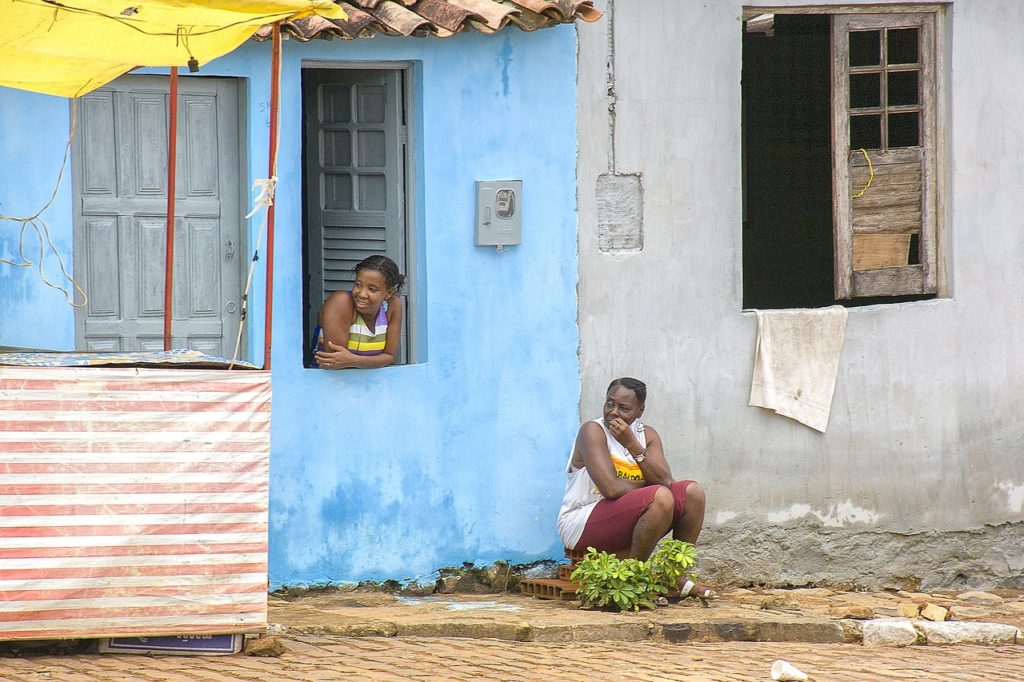São Paulo, Brazil – Ana, who agreed to share her story with Brazil Reports if we didn’t use her real name, never thought she had a problem with alcohol until she fell asleep at the wheel and crashed her car after leaving a party in São Paulo in 2015.
Although she only suffered minor injuries, the crash was a wake up call for Ana, now 32, who also suffers from generalized anxiety disorder, takes prescription drugs and has psychiatric and psychological monitoring.
As she brought the episode into her therapy sessions, she began to reevaluate her relationship with alcohol and realized that she was drinking too much. “It was like an escape valve, a way to forget about my problems. I went to the party, drank a lot and did not remember anything the next day,” she said.
Stories like these, from women like Ana, are becoming more common in Brazil, as alcohol abuse among women has increased considerably in the last decade.
In 2010, 10.5% of Brazilian women consumed alcoholic beverages abusively. In 2020, the number increased to 16%. During the same period, the rates among men remained stable (27% in 2010 and 26.5% in 2020).
As a result, there was also an increase in the number of deaths. In 2020, 23.3% of all deaths linked to alcohol abuse in Brazil were women. There were 15,490 deaths, which means that, every hour, about two women died due to alcohol abuse.
The data is part of a new study carried out by the Center for Information on Health and Alcohol (Cisa), an NGO for awareness and prevention of alcohol abuse. The goal of the study is to raise awareness about the risks of excessive alcohol to women’s health and to support public policies for prevention and guidance.
According to Cisa, alcohol abuse is different from dependence (alcoholism), which is a disease caused by a series of factors and affects only 1.6% of the country’s population, between men and women. Alcohol abuse, says the NGO, happens when women drink four or more drinks in a two-hour period, at least once a month.
A standard dose of alcohol is equivalent to 14g of pure alcohol, which corresponds, for example, to a 350 ml can of beer, a 150 ml glass of wine or a 45 ml shot of vodka or tequila. For men, alcohol abuse happens with five or more drinks.
According to sociologist Mariana Thibes, coordinator of Cisa, the woman’s body, biologically, is more vulnerable to the effects and damages of alcohol compared to a man’s. “The female body has a harder time metabolizing alcohol. Therefore, women tend to have more problems with alcohol, often drinking less than men,” she told Brazil Reports.

Why are women drinking more?
Thibes pointed to two factors for the increase in alcohol abuse among women. The first is a cultural change, with the conquest of more rights and equality by women, minimizing an old sexist stigma in society that women should not drink, as this would be a “man thing.”
“It is positive to achieve more equality between men and women, but one of the side effects is that women are drinking more. This is not exclusive to Brazil, it is happening in many countries. We are very concerned about alcohol abuse and the risks to women’s health,” she said.
Worldwide, according to the World Health Organization (WHO), 3 million deaths per year result from alcohol abuse, representing 5.3% of all deaths. In the United States, alcohol abuse among women has risen steadily since the end of the last century, with alcohol-related deaths among women rising 85% from 1999 to 2017.
And experts fear the pandemic, and its lasting effects, could accelerate that. A 2020 study from JAMA Network Open found a 41% increase in the days in which women drank excessively (four or more drinks a few hours by their definition).
In Brazil’s short term, Thibes points out negative consequences for women, such as the possibility of being involved in accidents, cases of violence and fights, as well as sex without consent or protection. In the long term, there is a risk of serious diseases, such as hypertension and stroke, in addition to heart and fertility problems.
“One of the main risk factors for breast cancer is alcohol abuse,” said the sociologist.
The second factor that contributed to the increase in rates, according to Thibes, was the Covid-19 pandemic, which affected women’s mental health.
“Women were the most impacted by the pandemic, especially the poorest. There was a lot of stress, anxiety, and sadness. All this can result in an increase in alcohol consumption, not in a sociable way, but as a way to face difficulties. Some women use the drink to try to relax, but this can lead to abusive consumption or dependence,” she said.
This is clear in the Cisa study, which identified a 23% increase in deaths of women attributed to alcohol between 2019 and 2020, the year that had the strictest measures to combat the spread of Covid-19, including quarantine and social isolation.
Thibes also said that if the rates continue to rise each year in Brazil, by 2030, women will drink the same amount as men: “This is very worrying, precisely because of the negative effects of alcohol on women’s bodies.”

How to reverse this scenario
To change this situation, Thibes highlighted the need for campaigns to educate women about the consequences of alcohol abuse, since many are unaware of the health problems they can acquire through alcohol.
“Alcohol abuse is often normalized in Brazil. So it is necessary to inform the population, especially women. There is a huge social stigma towards women who have a drinking problem. Brazil has a very good service network for alcohol and drug addicts, but it is not always welcoming to women,” she said.
According to the sociologist, men seek help much more often than women. Whether for fear of judgment or shame, there is little demand for help by the female population. “For men, it is normal to drink a lot. Women suffer more prejudice. Many are mothers and fear losing custody of their children.”
Thibes said that Brazil needs to evolve and implement more humanized and welcoming treatment services for women who have problems with alcohol, as is already done with women victims of domestic and gender violence.
“There is structural sexism and the country needs to move forward. One example is Alcoholics Anonymous groups that have created women-only meetings. As a result, the number of women seeking help has increased. Many felt intimidated or uncomfortable in meetings with men. But just with women, they feel more comfortable,” she said.
Ana is an example of a woman who did not seek professional help. After identifying her problem with alcohol, she relied on friends, family, therapy sessions and work to reverse the situation. “It was a little ant work, one step at a time to control the desire to drink, especially in moments of stress.”
It took around two years for Ana to get comfortable enough without alcohol. She still likes to go to parties, but she doesn’t drink like she used to, nor does she drive after drinking.
“Now it is two glasses of wine or two beers a night at the most. I feel better this way,” she said.











